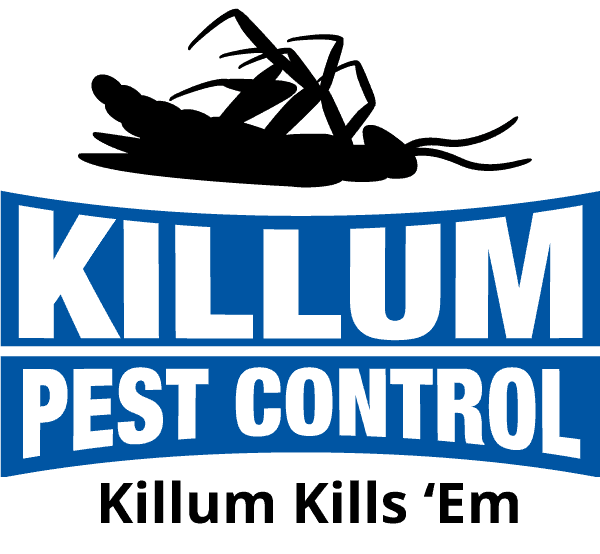Bed bugs can turn a relaxing hotel stay into a nightmare. They’re tiny, elusive, and can cause uncomfortable bites. Texas, with its warm climate and bustling tourist spots, often sees its share of these unwanted guests. Knowing how to spot bed bugs in a hotel room can save you from sleepless nights and itchy mornings.
These pests can hide in plain sight, slipping into seams, cracks, and crevices while you sleep. Often active at night, bed bugs hide during the day, making it tough to find them at first glance. Learning to recognize telltale signs of an infestation can help keep them from hitching a ride home with you.
Before settling into your hotel room, it’s wise to conduct a quick inspection. Knowing where bed bugs like to hide and what to look for can give you peace of mind and ensure your Texas vacation stays fun and stress-free. Join us as we explore tips and tricks to help you detect bed bugs and take action if you find them sharing your space.
Identifying Bed Bugs: What to Look For
Spotting bed bugs before they spot you is crucial. Bed bugs are small, about the size of an apple seed, and can vary in color from translucent tan to reddish-brown, especially after they feed. Knowing what to look for helps you catch them before they catch you.
Key Signs of Bed Bugs:
- Live Bugs: Check mattresses and sheets for actual bugs. They’re tiny but visible if you look closely.
- Rusty Spots: These spots on your sheets or mattress are a common clue. They come from bed bug droppings or crushed bugs.
- Eggs and Shells: Bed bug eggs are white and sticky, about 1 mm in size. You might also find skin sheds, as bed bugs shed multiple times before reaching maturity.
- Bites on Skin: Waking up with red, itchy bites in a line or cluster can suggest bed bugs, although bites alone are not proof. Different people react differently to bed bug bites, so it’s best to look for other evidence too.
- Musty Odor: A strong, unpleasant smell can indicate a large number of bed bugs, as they produce an odor from their scent glands.
While it might feel like an extra chore, checking these signs can save a lot of trouble later. When you enter a hotel room, take a minute to look around. Pay attention to these signs, and you’ll sleep easier knowing your room is bed bug-free.
Common Hiding Places for Bed Bugs in Hotels
Bed bugs are sneaky critters. They love to hide and can squeeze into tight spaces. When checking your hotel room, knowing where to look is half the battle. Bed bugs prefer places where people sleep, making mattresses and bedding their favorite hangouts, but they can surprise you with their choice of nook or cranny.
Where to Check for Bed Bugs:
- Mattresses and Box Springs: Examine seams, tufts, and folds. Bed bugs often settle in these areas.
- Headboards and Bed Frames: Inspect any cracks or joints. Bed bugs use these structures as shelter close to their food source.
- Nightstands and Dressers: Check drawers and behind furniture. They can hide in joints and under furniture feet.
- Along Baseboards: Carefully look around the room’s perimeter. Bed bugs can crawl along these paths during the night.
- Curtains and Upholstery: Look at pleats, seams, and under couch cushions. They might crawl into these places for day-time shelter.
- Luggage Stands: Bed bugs can hitch rides on your luggage. Check for bugs stuck near straps or folds.
By focusing on these areas, you can uncover bed bugs before they become a bigger issue. Spotting them early can help you change rooms or request hotel intervention. Preventing an infestation begins with a thorough check of these common hiding spots the moment you arrive at your hotel.
Steps to Take if You Find Bed Bugs During Your Stay
Discovering bed bugs in your hotel room can be alarming, but staying calm and knowing what to do next is important. Taking immediate action can help you avoid bites and stop these pests from disrupting your trip.
Immediate Actions:
- Inform the Hotel Staff: Contact the front desk right away. Show them any evidence you found, like live bugs, rust-colored spots, or shed skins.
- Request a Room Change: Ask for a new room far away from the infested one. Sometimes, bed bugs spread to rooms nearby, so a considerable distance is safer.
- Inspect the New Room: Before moving into a new room, do a thorough check similar to what you did initially. Better safe than sorry!
- Avoid Contact with Infested Areas: Keep your belongings away from the bed and furniture until you move rooms. Use the bathroom or a luggage rack, if clean, for your items.
- Bag Your Clothes and Luggage: Seal your belongings in plastic bags until you can clean them properly to prevent bed bugs from hitching a ride.
- Document Everything: Note dates, times, and names when you speak with hotel management. This can be helpful if further action is needed.
By acting quickly and wisely, you can minimize the impact of finding bed bugs. Communicating clearly with hotel staff and managing your belongings with care can help keep your travel plans on track.
Preventive Measures to Avoid Bringing Bed Bugs Home
Even if your hotel stay was perfect, bed bugs can still tag along. Fortunately, taking preventive steps can help ensure they don’t travel with you. Being cautious right from packing can save you from future headaches.
Precautionary Steps:
- Use Hard Case Luggage: Bed bugs struggle to climb smooth surfaces. Hard case luggage makes it harder for them to hitch a ride.
- Keep Luggage Off the Floor: Use a luggage rack or keep bags in the bathroom, where they are less likely to come into contact with bed bugs.
- Wash and Dry Clothing Promptly: After your trip, wash clothes with hot water and dry them on high heat. Heat kills bed bugs and their eggs.
- Vacuum Your Suitcase: Thoroughly vacuum your suitcase, paying attention to seams and folds, to catch any bugs that might be hiding.
- Inspect Your Belongings: Check items that stayed in the hotel room, like shoes and electronics, for any signs of bed bugs.
These measures help stop bed bugs before they reach your home. By being proactive, you protect your space and avoid costly pest control problems.
Conclusion
Dealing with bed bugs in hotels can be daunting, but awareness and preparedness make a big difference. Recognizing signs of bed bugs, checking common hiding spots, and knowing what actions to take during your stay can ensure a pest-free experience. Travelers can feel more secure by following these guidelines and taking preventive measures like using hard luggage and inspecting personal items after trips.
Travel should be an enjoyable and relaxing experience. Don’t let bed bugs ruin your adventures. If you suspect a bed bug problem before or after your travels, contact professionals who specialize in pest control in Pearland, TX. Killum Pest Control, Inc. is dedicated to keeping your spaces free from bed bugs and other pests. Contact us today to learn more about preventing infestations and maintaining a safe, comfortable environment at home and during your travels.





